The cover image hits like a sartorial gut punch: a form-fitting crimson gown, its shoulders blooming with oversized velvet roses, set against a backdrop of London’s brutalist architecture. The dress clings to her frame, the roses’ plush texture contrasting with the city’s hard lines—like a love letter to chaos and control. Below, in the feature spread, she swaps glamour for grit: wide-leg tartan trousers, a slouchy knit sweater, and striped heels, lounging against a wall as if the world’s weight rests easy on her shoulders.
Embedded text teases her journey: “Waking up and eating breakfast opposite Kate Moss and Tim Walker? I was like, I’ve arrived.” It’s a quiet flex, but one that underscores fashion’s ability to turn pain into power—she’s not just wearing clothes; she’s wearing her story. The article’s focus on her chronic pain (and how she balances it with superstardom) ties to a cultural shift: models不再是 silent muses, but advocates, using their platforms to normalize vulnerability.
Her styling feels intentional: sleek blonde hair frames a face that’s equal parts soft and steely, makeup minimal enough to let the clothes (and her spirit) take center stage. The contrast between the cover’s dramatic red and the spread’s laid-back plaid mirrors her duality—glamorous yet grounded, fragile yet fierce.

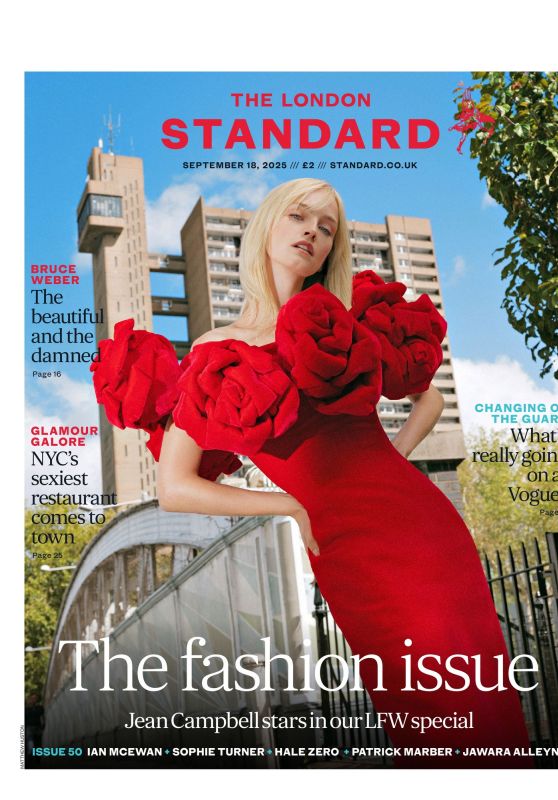
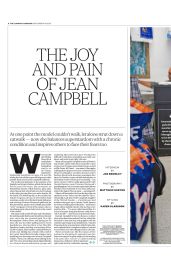
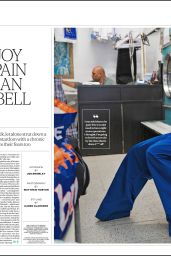
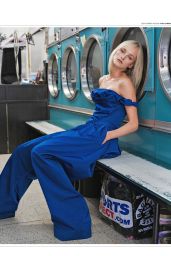
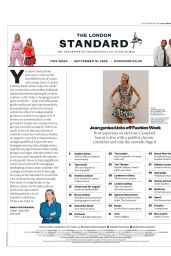
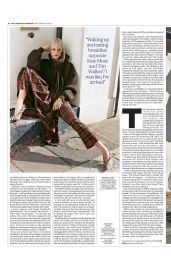
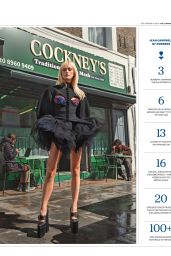
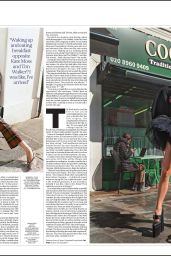
Share what you think